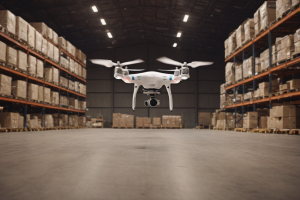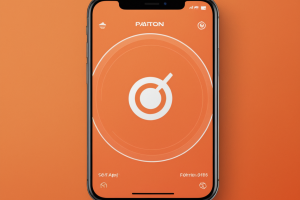Unraveling the Mystery Behind Misleading AI Benchmarks
About the Context
Most AI companies claim their models set new standards in terms of performance and quality. But what does this really mean? This article explores why current AI benchmarks fail to provide accurate insights into a model’s capabilities.
Chatbot Models: Narrow Focus
The primary benchmarks used to assess chatbot models lack relevance to everyday interactions. For instance, GPQA, a widely referenced benchmark, consists of advanced science queries, whereas most individuals employ chatbots for simpler tasks like answering emails or discussing emotions.
Evaluation Crisis
Jesse Dodge, a scientist at the Allen Institute for Artificial Intelligence, describes the industry’s “evaluation crisis.” Current benchmarks primarily concentrate on measuring a single aspect, like a model’s accuracy within a confined field, while neglecting broader applications. Old benchmarks, developed during the early stages of AI research, are now insufficient for evaluating modern, versatile models.
Flawed Measures
Despite their limitations, existing benchmarks still serve a purpose. Nonetheless, they may not accurately represent a model’s true abilities. For instance, HellaSwag, a commonsense reasoning assessment tool, reported over a third of its questions contained typos and nonsensical content. Additionally, MMLU, another popular benchmark, focuses mainly on recalling related keywords instead of genuine comprehension.
Path Forward
To address the shortcomings of current benchmarks, experts suggest incorporating both automated and human evaluations. By combining machine scoring with human judgement, a more comprehensive understanding of a model’s performance can be achieved. Another approach includes focusing on the real-world consequences of AI models and determining if these outcomes are favorable to end-users.













